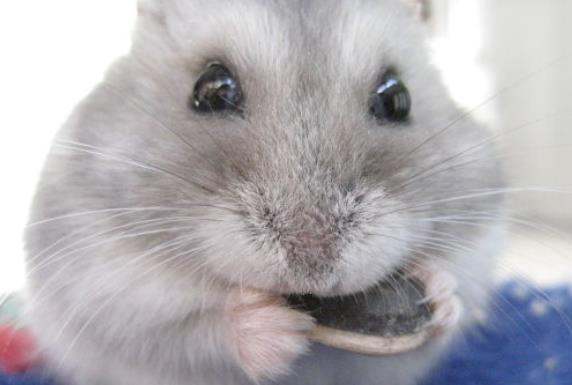Here’s what you need to prepare to keep a hamster healthy and happy:

I. Basic Living Environment
Cage Selection
Size: For dwarf hamsters, the base area should be at least 40×30cm; for Syrian hamsters (bear-type), aim for 50×40cm or larger. Multi-level cages are ideal.
Avoid wire cages (they can trap tiny feet); opt for acrylic or specialized plastic cages instead.
Ventilation & Safety: Ensure good airflow but keep the cage away from direct drafts. The gaps between cage bars should be ≤1cm to prevent escapes.
Bedding & Cleaning
Materials: Use dust-free wood shavings (aspen) or paper-based bedding, layered 5–10cm deep to allow burrowing.
Avoid pine or cedar shavings (they contain harmful phenols).
Cleaning Schedule: Remove soiled bedding daily, replace half the bedding weekly, and fully disinfect the cage monthly.
II. Diet & Water
Main Food & Treats
Specialized Food: Choose reputable hamster food brands (e.g., Belgian or German brands). Avoid sugary human snacks.
Supplements: Small amounts of carrots, apples (seedless), or broccoli are safe. Never feed chocolate, onions, or citrus fruits.
Water Supply
Use a ball-bearing or vacuum water bottle, and replace with cooled boiled water daily.
Avoid bowls (hamsters will soak their fur).
III. Health & Enrichment
Exercise Equipment
Exercise Wheel: For dwarfs, the wheel diameter should be ≥17cm; for Syrians, ≥25cm. Avoid wire wheels (they can injure feet).
Toys: Tunnels, climbing frames, and hideouts reduce stress and boost a sense of security.
Grooming & Care
Bathing Sand: Dwarf hamsters need specialized bathing sand (not cat litter); Syrians clean themselves with saliva.
Chew Tools: Provide apple twigs or mineral chews to prevent overgrown teeth.
IV. Environment & Habit Adaptation
Temperature & Lighting
Keep the temperature between 20–28°C. Use ceramic cooling plates in summer and add cotton nests or heating pads in winter.
Avoid direct sunlight (hamsters are light-sensitive).
Behavioral Notes
Solitary Nature: Hamsters must be housed alone—cohabitation often leads to fights.
Nocturnal Habits: They are most active at night, so avoid disturbing them during the day.
V. Additional Tips
Medical Prep: Keep basic supplies (like probiotics) on hand. Seek a vet promptly if your hamster loses appetite or has messy fur.
Interaction Tips: Build trust by offering food by hand first. Never pick them up by the ears or tail.
With these preparations, you’ll create a safe, comfortable home for your hamster. For detailed shopping lists or brand recommendations, refer to specific care guides.
